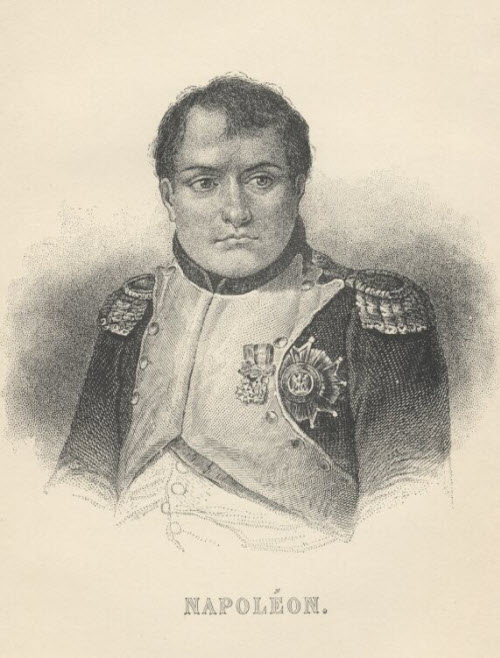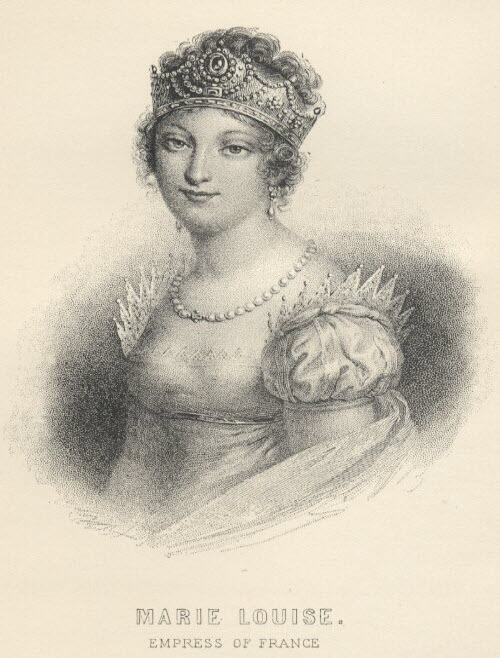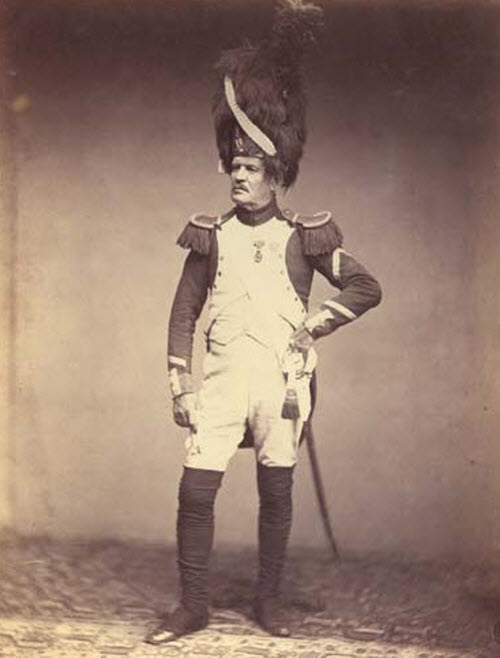The Battle of Dresden
An Unexpected Victory for Napoleon
The Defence of Dresden
A French garrison at Dresden is surprised by a huge allied force and is in danger of being overwhelmed - but the appearance of Napoleon and his Imperial Guard sends the allies retreating in confusion.
Related Articles


Napoleon Saves the Day

Painting of the Battle of Dresden
The Battle of Dresden was fought August 26-27 near the city of Dresden in Germany.
In Aug., 1813, when the war between Napoleon and the allies, after a short truce, broke out afresh, Napoleon gathered his main army and attempted to strike and defeat his enemies separately before they could consolidate their forces and overwhelm him with superior numbers. Napoleon wished Dresden to be a secure base of operations for his army and a rallying point in the event he was forced to retreat, and thus holding Dresden was an important strategic objective for the French. The Emperor left Dresden in the hands of a garrison commanded by General St. Cyr with a force of about 30,000 men; the main body of the French under Napoleon being in Silesia, where the emperor expected the contest was to be waged.
However, the allies essentially adopted Napoleon's strategy in reverse. Instead of engaging in battle against Napoleon's main force, they concentrated their forces against Napoleon's subordinate generals, in an attempt to destroy or weaken the French army piece meal. On the 23d of August, the grand army of the allies consisting of Prussia, French and Russian forces appeared before Dresden.
The town would in all probability have been quickly stormed, had not Schwarzenberg and the Austrians insisted on waiting for the arrival of the left wing under Klenau. This delay saved the French, for at half-past 9, on the morning of the 26th, Napoleon with his guards entered the town. At 4 o’clock in the afternoon, Schwarzenberg, the commander-in-chief of the allies, gave orders for the attack. At various points, the assault was irresistible, but the opportune arrival of the “young guard” enabled Napoleon to hazard a sally and counter attack, which was as unexpected as it was successful.

Marshal St. Cyr, Commander of the French Garrison at Dresden
The allies fell back everywhere; but not dispirited, renewed the fight next day. Towards noon, Moreau was mortally wounded by a cannon-ball at Czar Alexander’s side on the height of Racknitz, and Napoleon obtained a decided advantage over the left wing of the allied army, which Murat, by a skillful maneuver, contrived to outflank, taking 10,000 prisoners, among whom was gen. Metsko.
Several other successes in other parts of the field determined the allied armies, especially after hearing that Vandamme was advancing towards Pirne, to retreat, which they did during the night of the 27th Aug. Dresden, however, was not yet delivered from the miseries of war. When Napoleon finally quitted the city on the 7th Oct., nearly 30,000 men still remained behind. As all access was cut off by the Russians, the city suffered severely from famine. A capitulation was at length brought about (11th Nov., 1813) between St. Cyr and Klenau, according to which the garrison were to withdraw unmolested from the 12th to the 16th Nov., on condition that they laid down their arms.
The capitulation was nevertheless rejected by prince Schwarzenberg, the garrison declared prisoners of war, and treated as such. The battle of Dresden, as Alison observes, was the last pitched battle, on a scale commensurate with his former victories, that Napoleon ever gained.

